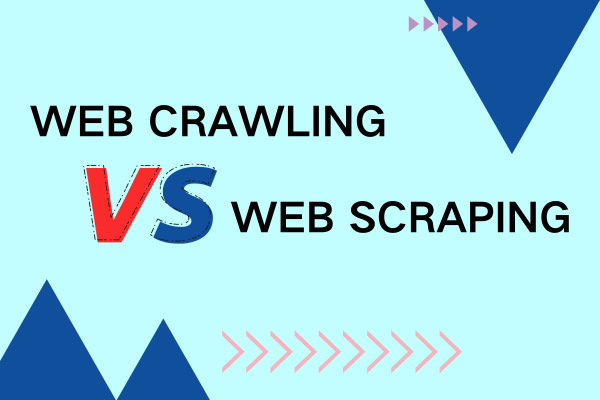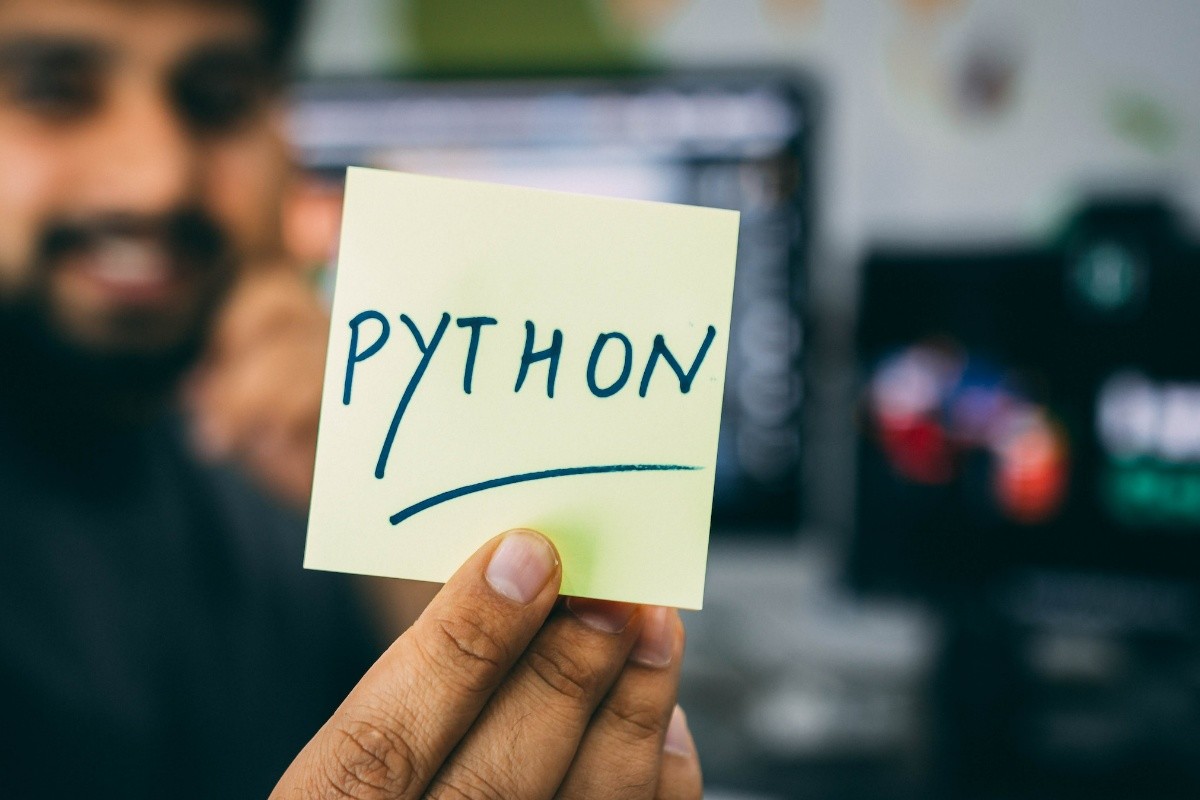In today’s digital landscape, being online is incredibly essential for a business in any industry. But the digitization of your brand comes with its own set of problems. Cyber theft and brand infringement are just a few of the various types of challenges of establishing an online brand.
As technology advances, hackers and infringers find innovative ways to break through your firewall and steal proprietary data.
Thus, ensuring brand security is crucial. In the article, we’ll discuss how web scraping can help with brand protection and cybersecurity.
Brand Protection & Its Importance
Successful businesses are likely to be the target of copyright infringers and other cyber offenders. Brand protection can be defined as the process of ensuring your company’s proprietary data is protected against those with malicious intent.
Plus, when your brand is protected against theft, you can focus your energy on its growth. Here are some reasons why brand protection is crucial for your success:
- By protecting your brand against cyber theft, you can take counterfeits off the market and improve your sales, simultaneously.
- Removing low-quality counterfeits also improves your brand’s authenticity and reliability.
- You can reap the benefits of your creative work.
- With improved reputation and awareness, distributors and retailers would want to associate with your brand.
Additionally, with web scraping tools you can automate brand protection. Automating the process will free up time for developers, designers, and others involved in the business, allowing them to focus on the business’ progress.
Types of Brand Infringements and Violations
Protecting your brand isn’t limited to securing your intellectual property but is also about safeguarding your image and reputation. Brand infringement can be divided into various types of possible violations against a brand, including:
- Counterfeiting
Counterfeiting is the act of producing and distributing other brands’ products without their legal consent. Counterfeiters make use of a brand’s reputation and awareness to earn their profits. But their products use low-quality components, which makes them cheaper in terms of cost and quality.
With digitization and cyber markets, these counterfeits are sold across the globe. Thus, it’s essential to continuously monitor numerous websites to successfully thwart counterfeiters.
- Copyright Infringement
Copyright law restricts the right to perform, produce, or stream digital works only to copyright holders. Copyright infringement implies piracy. Offenders ignore the law and distribute pirated works without consent. Websites offering free music and movie streaming without a license or written consent are some examples of piracy.
There are thousands of websites distributing illegal content and tracking and hindering them all is a challenge for cybersecurity experts.
- Social Media Impersonation
A brand’s social media profile is a relatively easy target for infringers. Offenders can create fake accounts and use the brand’s name and logo to sell counterfeit products to consumers worldwide. They can also use the brand’s awareness to distribute malware.
Thus, monitoring all social media platforms and eradicating fake accounts is a challenge for companies to ensure their brand protection.
- Patent Theft
The three above are the most common methods to leverage a brand’s popularity. But there are other possible violations. Patent theft, for example, is the art of producing and selling patented products, without the patent holder’s permission.
- Trademark Infringement
Online markets allow targeting consumers Worldwide, but it’s not essential for companies to be registered in all countries where they ship their products. Thus, offenders can file for trademark registration for an existing company’s registered trademark in countries where they are not yet registered.
- Design Theft
Last but not least is design infringement. It is the act where the offender uses a patented design feature, for example, a text logo with unique lettering, without the patent holder’s permission.
Web Scraping and Brand Protection
Web scraping is the process of extracting online data from web pages. It allows businesses and marketers to gain insights into their competitors, market trends, and customer behavior. Web scrapers extract the data from websites and store them locally in a structured format that you can refer to optimize your business strategies.
So, how to do web scraping and brand protection relate?
Besides scraping competitor websites, brand protection is another rising use of web scrapers in recent years. Investing in web scraping services enables you to:
- Learn about data extraction and anti-scraping techniques simultaneously, and
- Protect your position and reputation in the market.
You can skip the years of training, trial and error, and hefty financial investment that may also cost the company’s proprietary data.
Web scraping also offers the following benefits:
- You can set up your scraper to analyze targeted sites and limit data extraction using reviewer keywords, location, verified reviews, and ratings.
- You can choose how your scraper imports and stores data locally so that you get well-structured, readable data for easy analysis.
- Your web scraper can also track negative reviews and mentions. Instead of removing them, reply to the negative feedback and use it to improve your brand’s shortcomings. (Remember that most people don’t trust 100% positive reviews when making online purchases.)
- How well you respond to negative trolls can also improve your brand’s impression.
Conversely, web scraping tools can help monitor your competitors, their reputation, and how they respond to negative feedback. That way you can understand the best responses and mistakes to avoid.
How Web Scraping Protects Your Brand
To protect your brand cybersecurity and brand protection companies must accomplish the following:
- Find potential infringements and copyright violations online.
- Confirm their validity.
- Remove unauthorized products and services, social accounts, and more.
- Coordinate with the affected brands and inform them of what’s necessary.
Cybersecurity companies scour the internet, searching millions of publicly available data sources to find infringing content. That is, they extract or scrape online data to find unauthorized content.
Web scraping is a crucial component for each of the above steps. It can automate the process and scrape millions of individual web pages to find and validate all violations in a matter of minutes.
Challenges to Overcome
Web scraping services enable cybersecurity companies to build a reliable and stable brand protection process. But while the job gets easier, it’s not void of challenges. Some of the hurdles that hinder brand protection include:
Scalability
Cybersecurity companies must monitor numerous publicly available data sources for infringing content. And, with brand infringement, an issue concerning diverse industries, web monitoring isn’t limited to a particular type of website.
If that wasn’t challenging enough, fraudsters are constantly evolving and improving their approach to stealing and distributing online content as the internet advances.
Consider the analogy of a hydra from Greek mythology: you cut off one head, and two more grow in its place. In this context, fraudulent websites and social media accounts are the hydrae.
Thus, web scraping tools and service providers must be capable of dealing with the growing mass of online data. Otherwise, monitoring tracking will not just be difficult but impossible.
Geo-location Restrictions
In a fight, you can’t expect your opponent to sit back and take the blows. That said, infringers also take precautions that restrict cybersecurity companies from accessing their websites.
Fraudulent websites usually distribute their imitation products worldwide. Meaning, with geo-location restrictions and blocking IP addresses, prevent brand protection service providers to access their illegal content.
Thus, web scraping tools and services must be compatible with the global online markets. It will enable cybersecurity companies to monitor and scrape data from all IP addresses regardless of their geo-locations. Otherwise, no brand security strategy would be 100% efficient.
Flawless Operation & Speed
“Time is of the essence,” when going against infringers. If you don’t act fast, they may take down their website, and social accounts, and hide all evidence of their illegal activities.
And in a legal battle, physical evidence, or in this case a digital footprint, is the deciding factor between guilty or not guilty.
Thus, web scrapers need to be fast and efficient in their data extraction, while brand protection agencies need to be careful of the data they choose to extract. Scraping extensive amounts of data impacts the speed of a web scraper.
Consequently, if the web scraper isn’t fast or efficient, reducing the data size won’t make a difference.
Final Thoughts
To conclude, web scraping plays a critical role in brand protection. It automates the process, allowing you to focus your energy on growing your brand. Instead of chasing after counterfeiters, you can secure your position in the market.
The fight against infringers is an ongoing one. The internet is constantly growing, and numerous websites emerge almost every day. Web scraping makes it easy to constantly monitor the rising number of web pages and social media accounts.
While the challenges of web scraping for brand protection may be a concern, innovations in technology allow web scraping developers to enhance their web scrapers. They can ensure their products counter the infringers’ tactics to inhibit cybersecurity companies.




